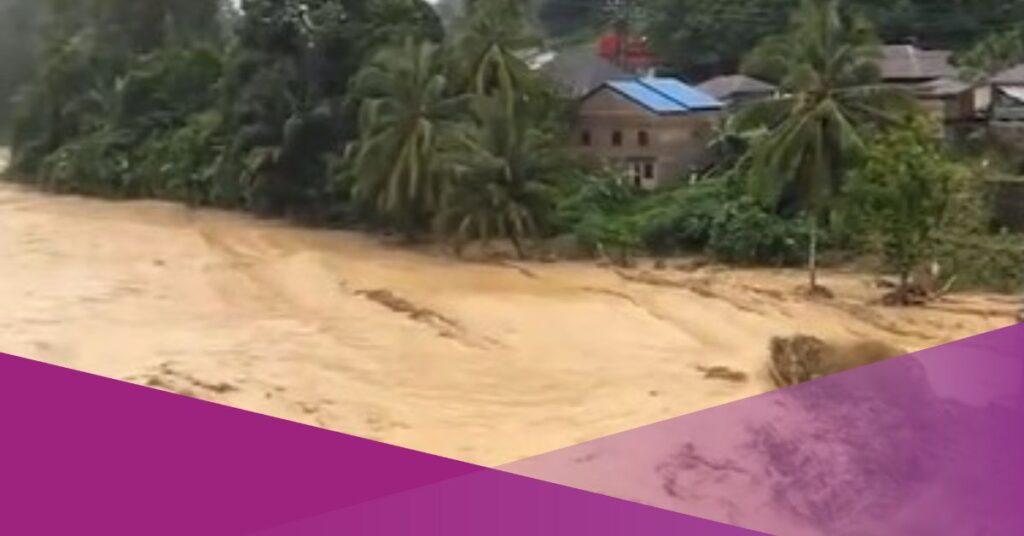Bali continues to experience rainfall into July 2025, even though parts of the island have officially entered the dry season.
The Meteorology, Climatology and Geophysics Agency (BMKG) Region III Denpasar attributes this weather anomaly to ongoing atmospheric and oceanic factors, including elevated sea surface temperatures around the island.
“Some areas in southern and northern Bali have entered the dry season, while the central part of Bali is predicted to enter the dry season in early to mid-June 2025,” said Diana Hikmah, a meteorologist from BBMKG Region III Denpasar, as quoted by Detiknews.
Diana explained that the continuation of rainfall during May and June was largely influenced by lingering warm ocean temperatures near Bali.
This has led to what BMKG refers to as a “wet drought”, a condition where rainfall persists during what is typically a dry period.
Above-Normal Rainfall Recorded in Several Regions
The Denpasar Geophysical Station reported that some areas in Bali, particularly in the highlands, are experiencing above-normal rainfall.
“The nature of the rain above normal is expected to occur in Sukasada, Buleleng, Tejakula, Payangan, Bangli and Kintamani Districts,” stated Rully Oktavia Hermawan, Head of the Denpasar Geophysical Station.
@amalijpg Early june Rainy bali🤣 The weather flips so quickly. it starts raining out of nowhere, then suddenly it’s all sunny again.repeated😂. So much fun here #bali #baliupdates #rainybali #traveltiktok #balilife ♬ original sound – william springfield
By BMKG’s definition, rainfall is considered “above normal” when it exceeds 115% of the monthly average. Rainfall between 85–115% is classified as “normal”, while anything below 85% is deemed “below normal.”
In July 2025, rainfall of 51–100 millimetres is expected across much of central Bali. Meanwhile, districts such as Penebel, Payangan, Tampaksiring, Bangli, Banjarangkan, Klungkung, Rendang, and Sidemen are predicted to receive between 101–150 millimetres.
The Selat District in Karangasem Regency could receive between 151–200 millimetres.
In contrast, normal to below normal rainfall is expected in some western areas, such as Melaya in Jembrana Regency.
Lightning Strikes Continue Across the Island
In addition to rainfall, lightning activity remains a concern. The Denpasar Geophysics Station recorded persistent lightning strikes during the month of May 2025.
The total number reached 372,392 strikes a significant increase from April 2025, which saw 188,661 strikes.
BMKG highlighted the dangers posed by cloud-to-ground lightning, which can cause severe damage.
“Cloud-to-ground lightning is the most dangerous type of lightning because it can cause building damage, fires and even death,” the agency warned.
The highest number of lightning strikes was recorded in Tabanan (200 strikes) and Buleleng (92 strikes). Despite these figures, the lightning density remains categorised as low, with fewer than eight lightning strikes per square kilometre.
According to BMKG, cumulonimbus (CB) clouds are the primary source of these lightning strikes and continue to form due to current weather patterns.



























